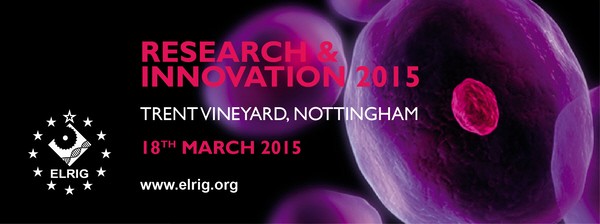Discussion
Background:
Spheroid co-cultures of brain tumours and human foetal brain tissue hold promise as physiologically-relevant phenotypic screening platforms with high predictive potential. Apart from modelling tumour-host interactions, the normal tissue serves as internal control comparing efficacy and safety. Previous co-culture models have suffered from spheroid-size variability, required manual sorting and offered limited quantitation capabilities. We describe a high-throughput-compatible platform yielding reproducible co-cultures in a single seeding step amenable to automation, quantification and screening.
Materials and methods:
The human medulloblastoma cell line UW228-3 and foetal brain tissue were marked with two cytoplasmic, fluorescent dyes (CDCFDASE, Celltrace Violet) and seeded simultaneously in 96-well ultra-low-attachment plates. Tumour and normal cells formed reproducible (d=600μm, CV%=10%), single co-culture spheroids in each well. After three days, the co-culture spheroids were exposed to the cytotoxic drug etoposide (0.3–100μM) for 48h, followed by a two-day drug-free period. The viability of each cell type was quantified using flow cytometry and multiphoton microscopy.
Results:
Both dyes were retained for a week in the mixed cultures facilitating normal and tumour tissue recognition and dose-response curve computation. Despite seeding as a mix, tumour and normal cells organised in two opposing poles in the co-cultures, with a main tumour mass and some UW228-3 cells invading the normal tissue. Etoposide levels of 10μM were found to maximise toxicity to tumours (6.5%viability), while stem cells maintained a surviving fraction of 40%.
Conclusion:
The reproducible platform and universal compatibility of the marking procedure make this model transferable to other tumour types and primary tissues.

